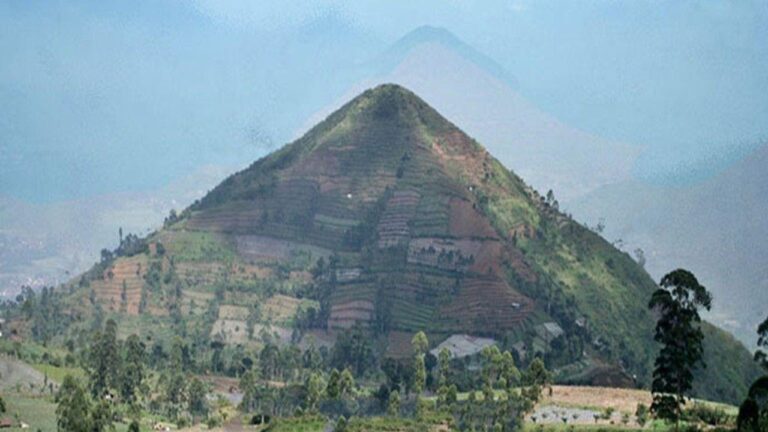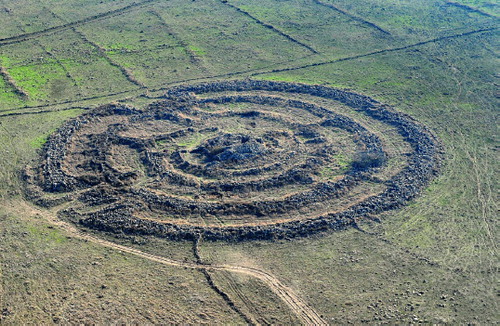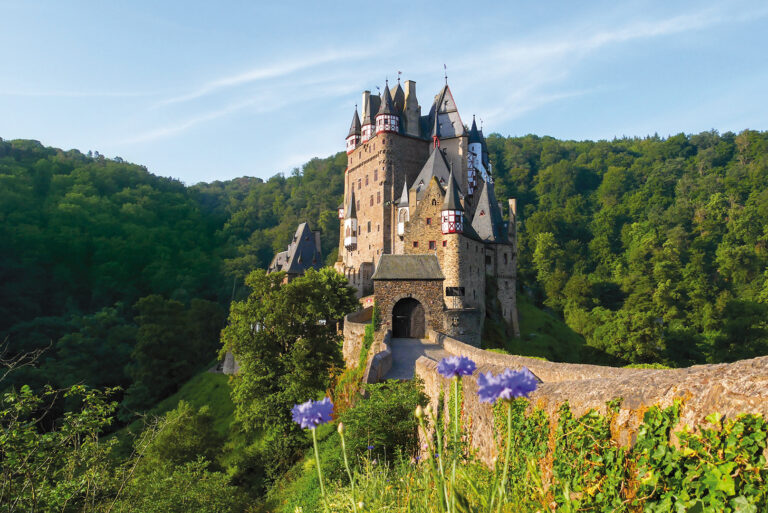Dubai: A Journey from 1990 to 2024
Dubai, a city once known for its modest skyline and desert landscapes, has undergone a remarkable transformation over the past three decades. From a small trading port to a global metropolis, the evolution of Dubai is a fascinating story of ambition, innovation, and resilience. In this blog, we will explore the key changes that have shaped Dubai from 1990 to 2024.
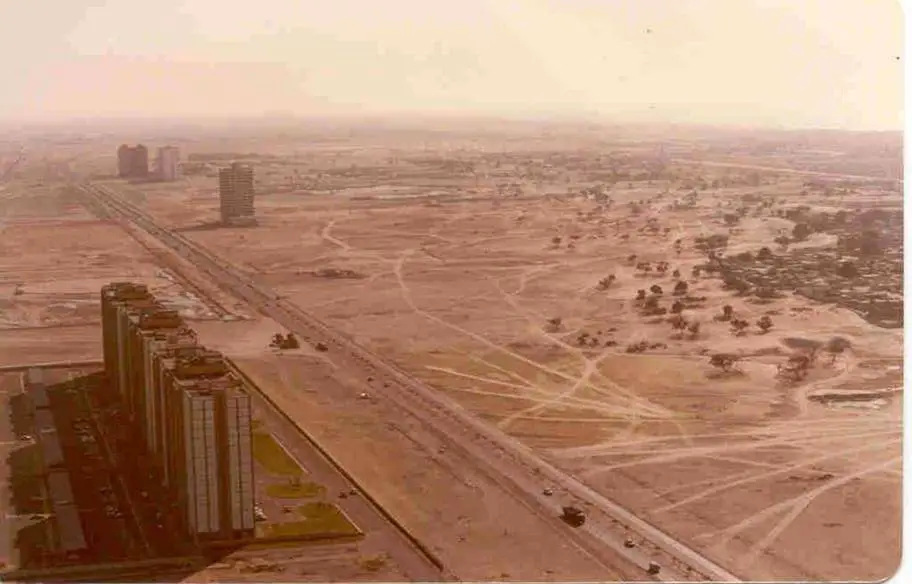
Dubai in 1990: The Beginning of a Transformation
In 1990, Dubai was a different world. The city was still establishing itself as a regional trading hub. Key features included:
- Modest Infrastructure: The skyline was dominated by low-rise buildings and a few notable structures like the Al-Nasr Plaza and the Dubai World Trade Centre, which was the tallest building in the city at the time.
- Cultural Diversity: Although not as pronounced as today, Dubai was already home to a mix of cultures, thanks to its strategic location. The expat community was growing, primarily consisting of workers from South Asia and the Middle East.
- Economic Foundations: Oil was the primary driver of the economy, but the government was beginning to diversify its investments into tourism, trade, and real estate.
Dubai in 2024: A Global Metropolis
Fast forward to 2024, and Dubai has become synonymous with luxury, innovation, and modernity. The city has embraced a futuristic vision, making it a top destination for tourists and business travelers alike. Here’s a glimpse of what defines Dubai today:
- Iconic Skyline: The skyline is now dominated by architectural marvels like the Burj Khalifa, the tallest building in the world, and the stunning Burj Al Arab. Skyscrapers like the Marina 101 and the recently completed Dubai Creek Tower have reshaped the city’s silhouette.
- Economic Powerhouse: Dubai’s economy has diversified significantly. It now thrives on tourism, technology, finance, and aviation. The city has become a hub for startups and global businesses, attracting investments from around the world.
- Cultural Hub: Dubai has transformed into a melting pot of cultures, hosting events like the Dubai Shopping Festival and the Dubai Art Season. Cultural institutions such as the Louvre Abu Dhabi and the upcoming Museum of the Future reflect the city’s commitment to art and innovation.
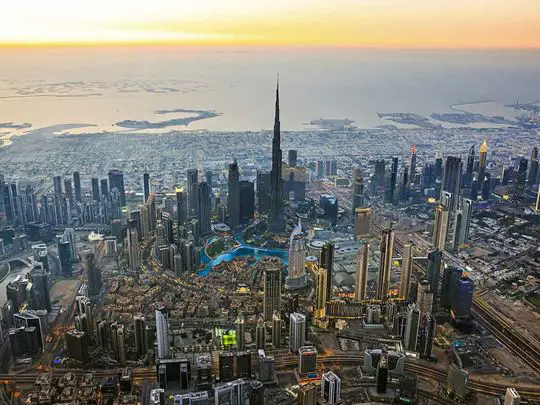
Key Factors in Dubai’s Transformation
- Visionary Leadership: Under the leadership of Sheikh Mohammed bin Rashid Al Maktoum, Dubai has pursued ambitious projects that have pushed the boundaries of urban development.
- Investment in Infrastructure: Significant investments in infrastructure, including the expansion of the Dubai Metro and the development of new airports, have enhanced connectivity and accessibility.
- Tourism and Events: Dubai has successfully positioned itself as a top tourist destination, with attractions like the Palm Jumeirah, Dubai Mall, and a calendar full of international events, including Expo 2020.
- Sustainability Initiatives: Looking to the future, Dubai is also focusing on sustainability, with initiatives aimed at reducing its carbon footprint and promoting green technologies.
Conclusion
The transformation of Dubai from 1990 to 2024 is nothing short of extraordinary. What was once a modest trading port has evolved into a global hub of innovation, culture, and commerce. As Dubai continues to grow and evolve, it remains a testament to the power of vision and determination.
Have you visited Dubai in the past? How do you think the city will evolve in the next decade? Share your thoughts in the comments below!


